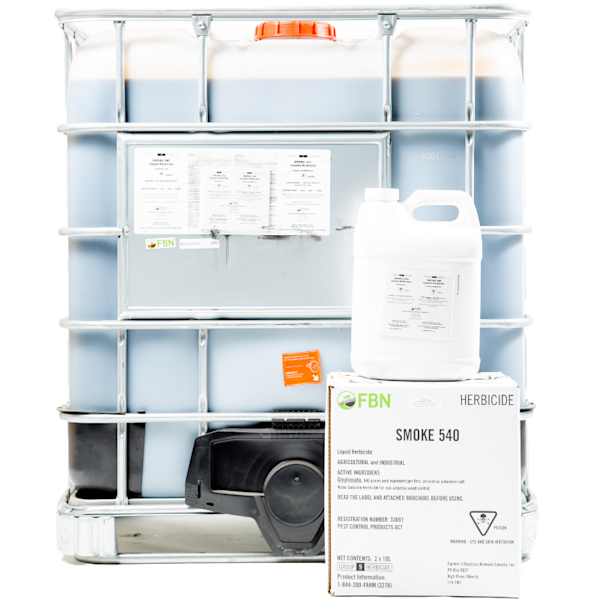Managing cleavers effectively in Canadian farms involves implementing integrated weed management strategies. It's important to note that the most suitable management practices may vary depending on factors such as crop type, field conditions, and regional regulations. Here are some approaches that farmers can consider:
1. Herbicide Use
Herbicides registered for cleaver control can be an effective tool. See crop-specific information in the next section below.
Remember to always follow label instructions when using herbicides.
It's important to note that the availability and registration of specific herbicides may vary by province and may be subject to change.
2. Cultural Practices
Crop Rotation
Implementing a diverse crop rotation can help break the cycle of cleavers and reduce their population over time.
Tillage
Proper tillage practices, such as shallow cultivation or strategic tillage, can help control cleavers by disrupting their growth and burying weed seeds.
Crop Density
Maintaining a dense crop canopy can help suppress cleaver growth by limiting their access to sunlight.
3. Timely Weed Control
Early intervention is crucial to prevent cleavers from establishing and competing with crops. Implement weed control measures as soon as cleavers are detected to minimize their impact.
4. Weed Hygiene
Practice good weed hygiene to prevent the spread of cleaver seeds. Clean equipment, vehicles, and clothing that may come into contact with cleavers to avoid seed dispersal.
5. Integrated Weed Management
Combining multiple management practices, such as herbicide use, cultural practices, and targeted weed control, can provide more effective and sustainable cleaver management.


